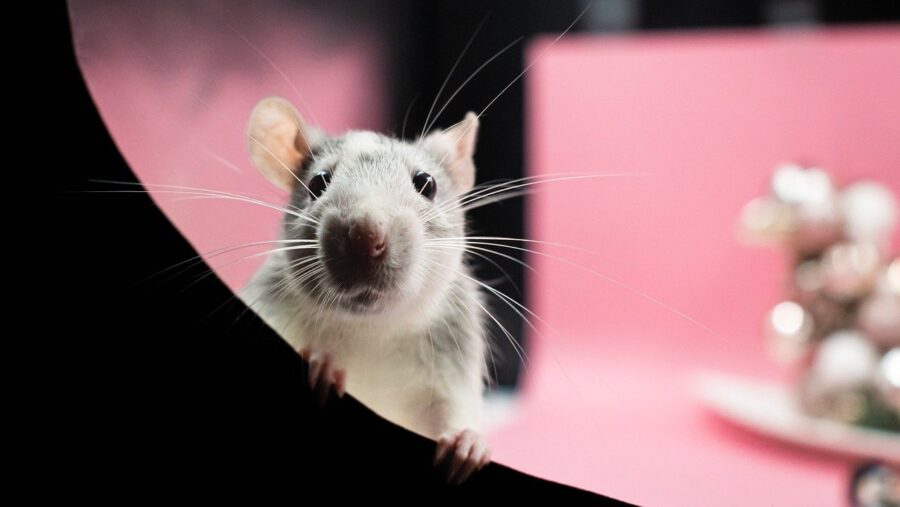Neuroscientists Can Control A Rat’s Dreams, Humans Next?

The dream machine from Christopher Nolan’s Inception is probably closer than you think. Scientists and researchers at MIT have been working on manipulating a rat’s dreams by playing audio cues that are associated with the events of the rat’s previous day.
By understanding how memories reflect dream state, scientists would theoretically be able to engineer someone’s dreams from scratch.
Neuroscientist Matt Wilson at MIT’s Picower Institute for Learning and Memory discovered that by exploiting the brain’s hippocampus it could manipulate the experienced events of a subject’s memory while they sleep.
The brain’s hippocampus is responsible for “replaying” the events of a day, which is important for consolidating memories.
An experiment was used to embed the audio cues and memories together while rats were running a maze.
One audio cue indicated to the rat that if it went left then it would find food, and then another audio cue told the rat if it went right then no food reward would be found.
MIT scientists and researchers would record the data and then manipulate the sounds while the rats were sleeping. Wilson confirmed the rats were dreaming of navigating through the maze from the day before.
Since the rats were dreaming of the section of the maze that corresponded with the audio cues, the scientists theorized that “dream engineering” could be possible in the future.
And it’s worth mentioning that since this initial rat dream manipulation discovery, there has been work where humans are concerned.
Targeted Dream Incubation (TDI) was introduced by researchers at the MIT Media Lab. This method involved guiding dreams towards particular themes by repeating information at the onset of sleep onset. From a dream content standpoint, this was able to nudge the dreamers in the right direction, so to speak.
This application was meant to see how dreams impacted emotion and creativity as well as memory. It wasn’t creating a whole dream world mind you, but rather setting the baseline for a dream to begin with.
There’s also been evidence the electrical stimulation could play a part in lucid dreaming, or the controlling of a dream. Again, this was self-instituted so it wasn’t as if an outside actor was preparing and creating the dream landscape. Rather it was just giving better conditions for lucid dreaming in general.
There was also two-way communication for those lucid dreaming, meaning some aspects of what we saw in Inception could be taking place.
Overall, the work done on the rats is making its way into the human realm. It won’t be long before we pull off a full dream heist.












